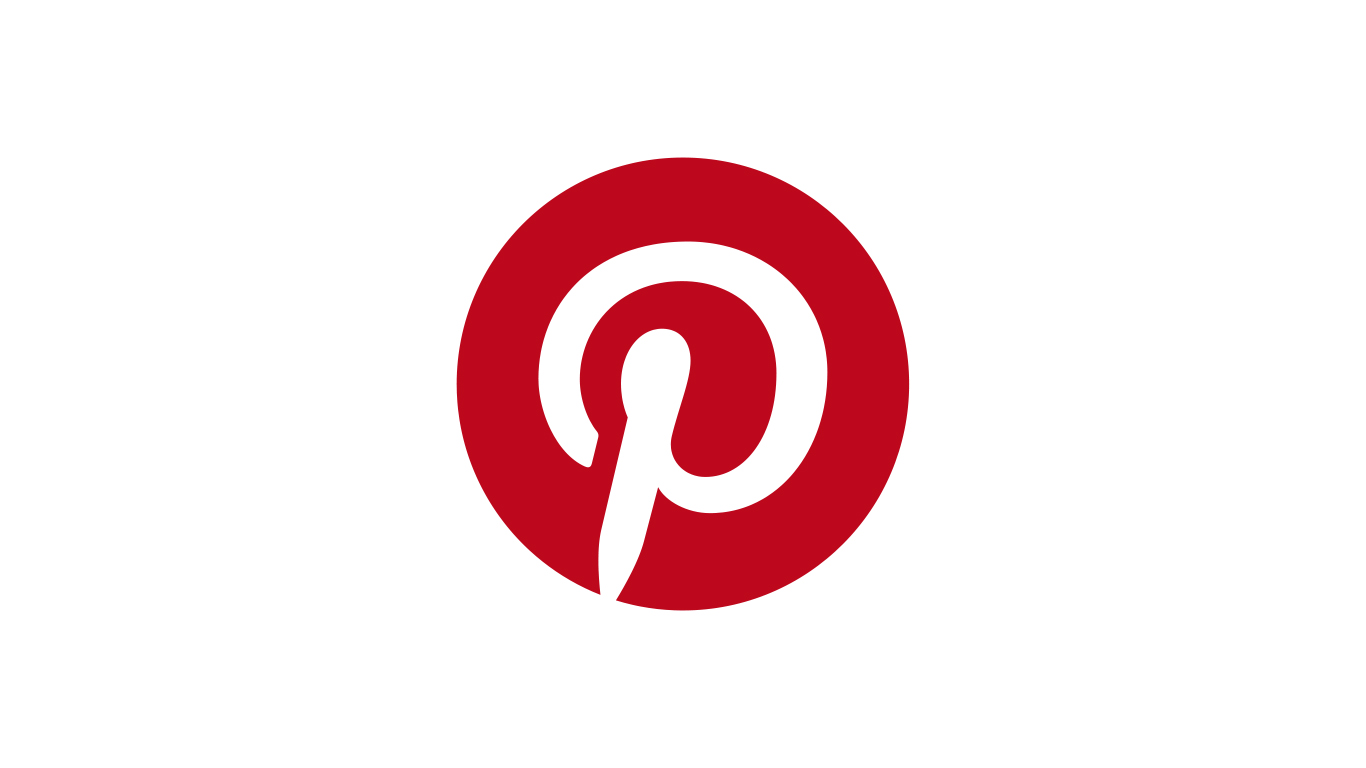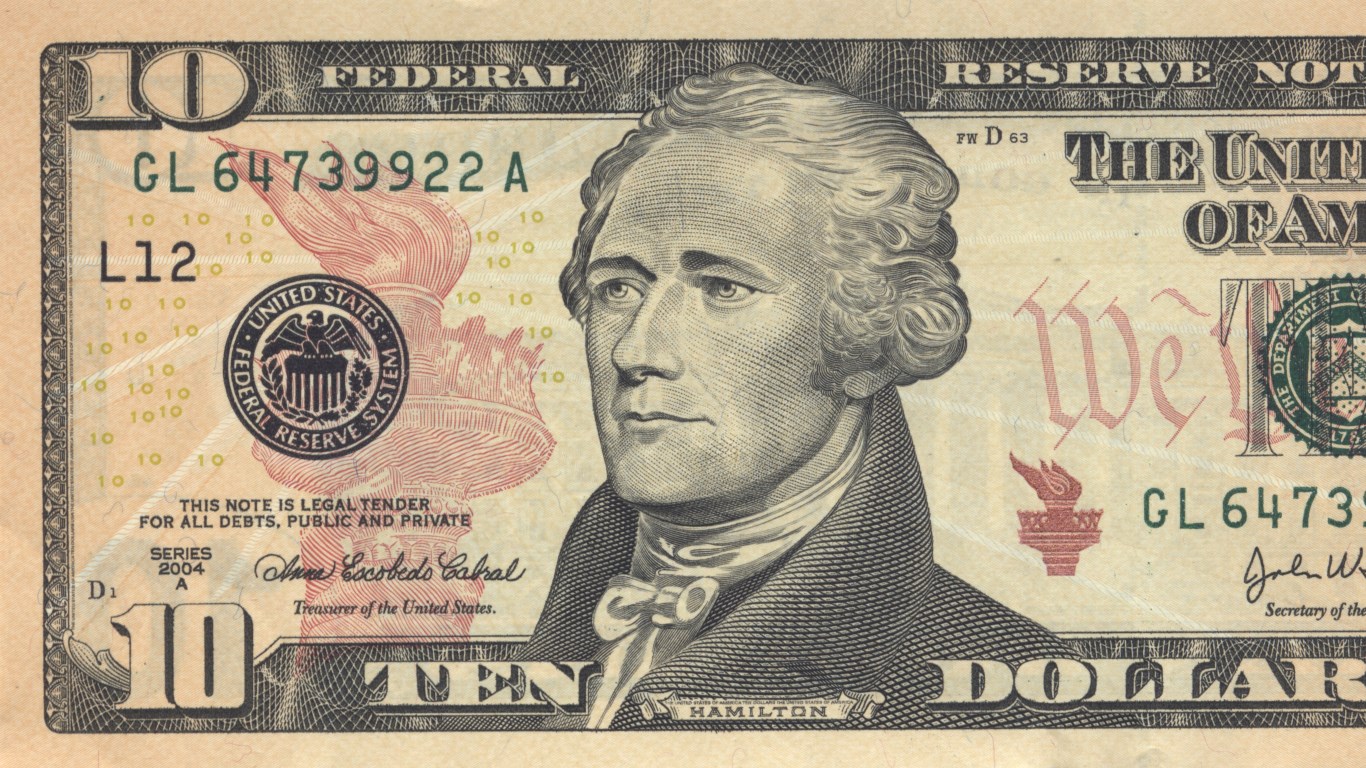
Pinterest Inc. (NYSE: PINS) has had a volatile time since coming public in 2019. After pricing at $19 per share late in April, its shares first traded at $23.75 and briefly rallied to about $35 at the end of the month. Before the end of May, it was back down to about $24. And after the “sell in May and go away” trade broke down, Pinterest went even higher than in its first few days of trading, but toward the end of August the shares slid, and after two big drops in September this stock was back at $26. Now Pinterest is trading lower than it ever has.
This stock was last seen trading down about 16.5% and was under $21, but the shares had dipped briefly under the $19 IPO price before recovering. The culprit was an unexpected revenue miss and disappointing guidance.
Analysts covering Pinterest for Wall Street and regional firms have by and large hit the eject button on Pinterest shares in the wake of the disappointing report.
Perhaps the worst sounding call from all analysts came from Pivotal Research’s Michael Levine. On top of downgrading the shares to Hold from Buy, and on top of lower the target price to $23.50 from $32.00, the report admitting getting the thesis as “dead wrong.” The deceleration of the U.S. advertising market was far worse than expected in the implied fourth-quarter guidance, and the firm wants its clients on the sidelines until they can evaluate the platform as it evolves.
Wedbush Securities maintained its Outperform rating, but the firm lowered its $38 target to $28 in the call. The firm’s Ygal Arounian addressed whether the glass is half-full or half-empty:
Some view Pinterest’s ad product immaturity as an argument against its opportunity but we see room for upside for Pinterest to grow its advertiser base and digital advertising wallet share as it develops its advertiser tools and ad formats. Pinterest is in early stages with an opportunity to generate outsized gains as those products mature. The shoppable nature of Pinterest is clearly differentiated and products like Shop the Look ads make Pinterest a strong ecommerce ad partner. And improvements in ad tools like better measurement and attribution, self-serve, better targeting, and campaign management, open up the platform to a longer tail of advertisers (particularly SMB ones) over time.
Other firms chimed in with target price cuts.
- Nomura/Instinet maintained its Buy rating but lowered its target to $31 from $39.
- Deutsche Bank maintained its Buy rating but lowered its target to $32 from $39.
- Susquehanna maintained a Neutral rating and cut its target from $36 to $22.
- Credit Suisse kept its Neutral rating but cut its target price to $29 from $33.
- JPMorgan kept its Neutral rating while cutting its price target to $23 from $34.
- MKM Partners maintained its Neutral rating and lowering its target from $29 to $22.
The one polar opposite call seemed to be a valuation upgrade at D.A. Davidson to a Buy from Neutral, but the firm already had a $28 target price, and it has kept that target static.
The issue for shareholders to consider now is that Pinterest just was put in the biggest penalty box it has been in since coming public. It already had been down handily from its highs, but after breaking under the opening bell price from after the IPO, it means that every single investor who has purchased shares other than those who were allocated shares at the IPO price were now down on their investment no matter when they bought or what price they paid.
Any additional negative news from the company is likely to trigger formal downgrades, and then investors will feel really duped.
With Pinterest down over 17% at $20.83 right before Friday’s close, the new post-IPO trading range for 2019 is $18.71 to $36.83. Pinterest still has a market cap of $11 billion, which is probably close to about eight times expected 2020 revenues, now that some of the growth is being tempered. Now the question comes down to whether the prior −$0.15 in earnings per share (a loss) can still magically get to $0.02 in earnings per share in 2020 from the consensus estimates in the Refinitiv universe.
Another unicorn has just seen its horn sawed off.
100 Million Americans Are Missing This Crucial Retirement Tool
The thought of burdening your family with a financial disaster is most Americans’ nightmare. However, recent studies show that over 100 million Americans still don’t have proper life insurance in the event they pass away.
Life insurance can bring peace of mind – ensuring your loved ones are safeguarded against unforeseen expenses and debts. With premiums often lower than expected and a variety of plans tailored to different life stages and health conditions, securing a policy is more accessible than ever.
A quick, no-obligation quote can provide valuable insight into what’s available and what might best suit your family’s needs. Life insurance is a simple step you can take today to help secure peace of mind for your loved ones tomorrow.
Click here to learn how to get a quote in just a few minutes.
Thank you for reading! Have some feedback for us?
Contact the 24/7 Wall St. editorial team.
 24/7 Wall St.
24/7 Wall St.



